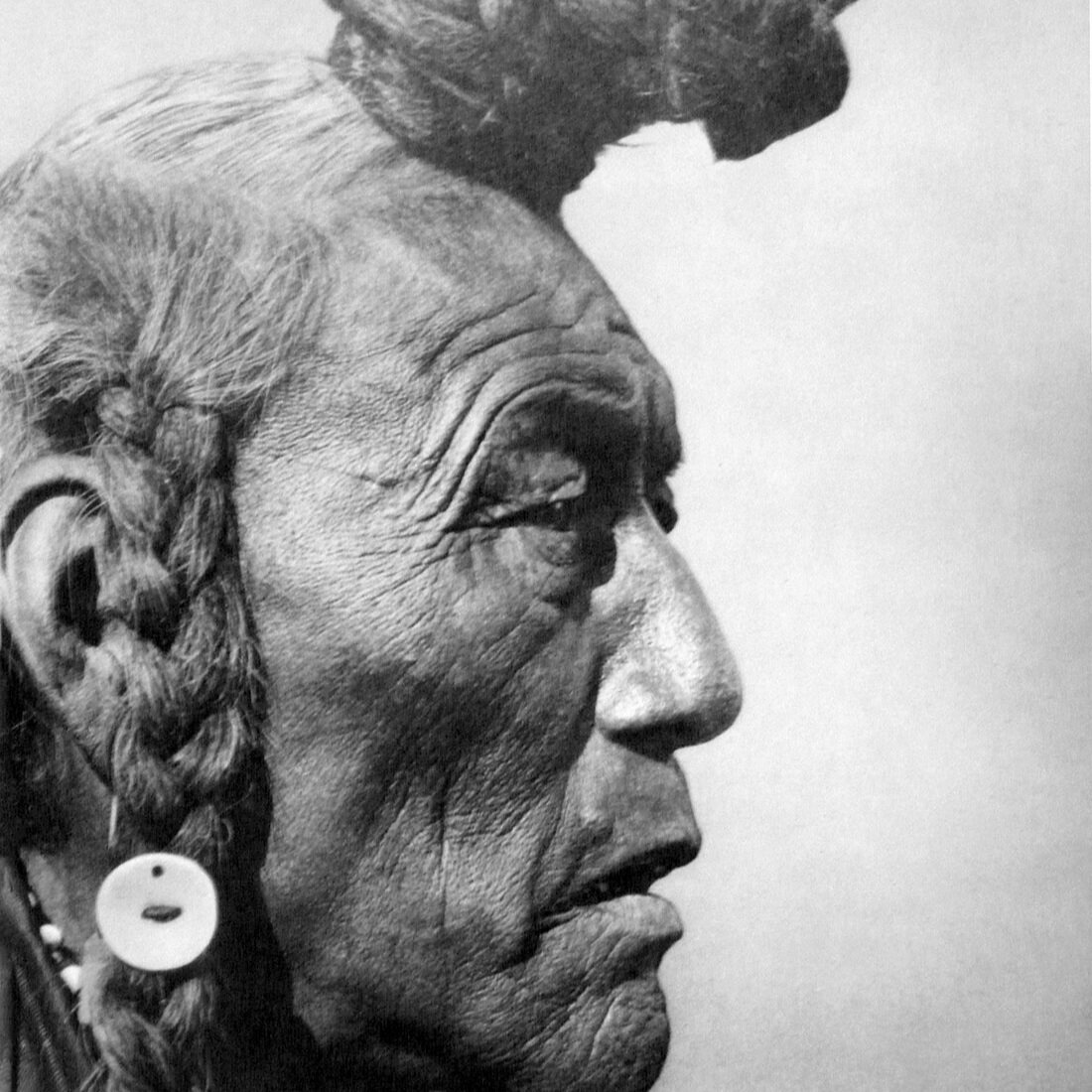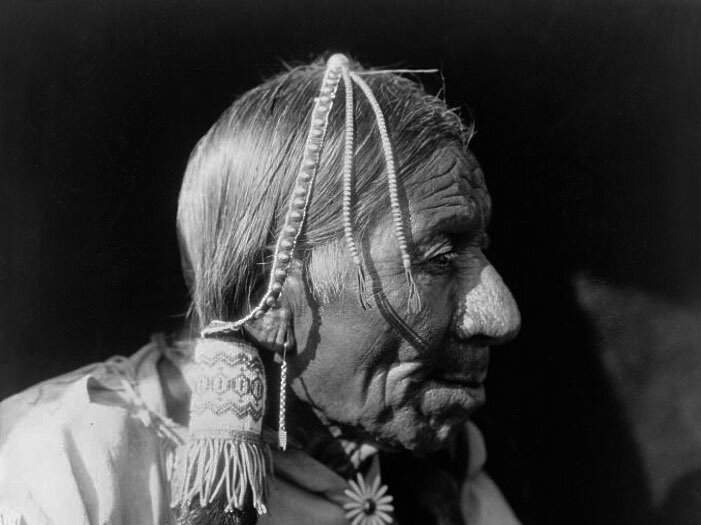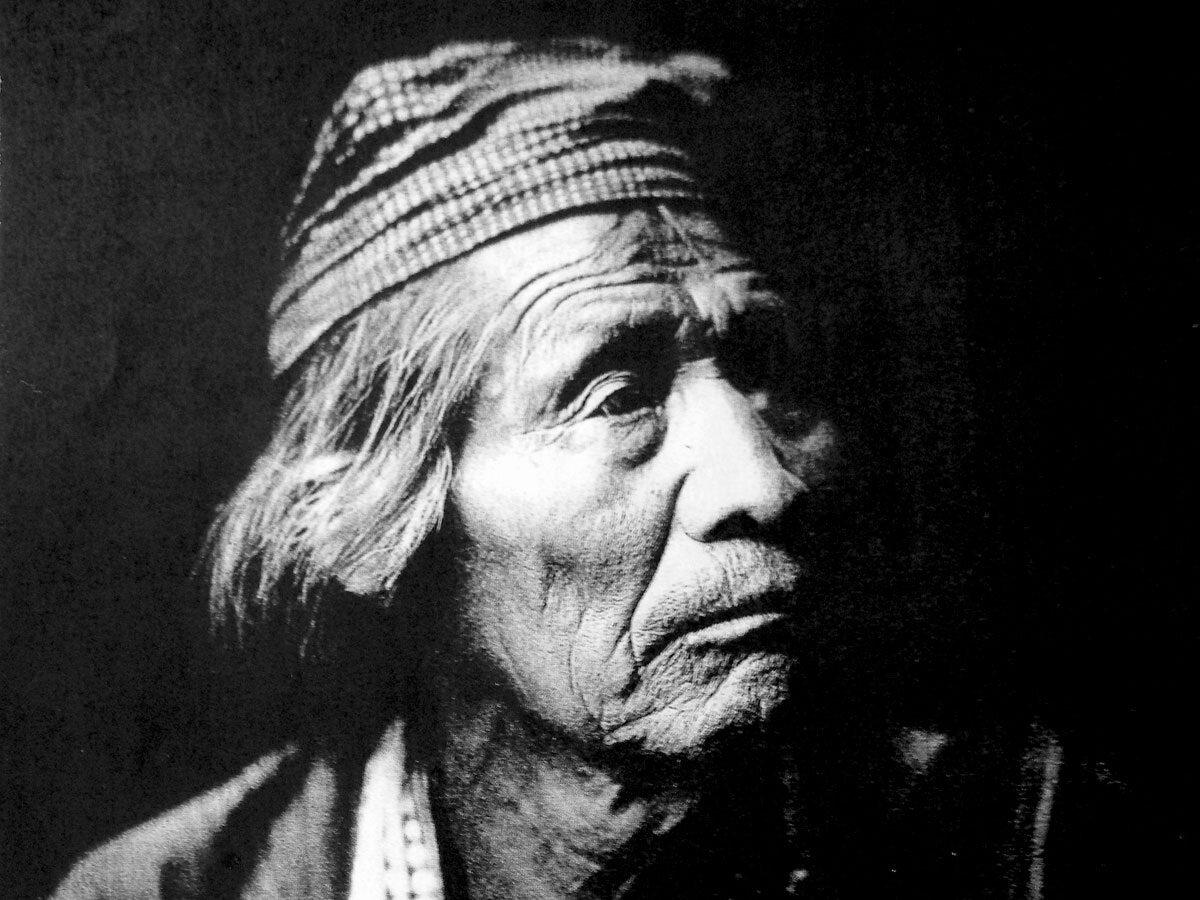
Apache
The Apaches probably migrated from western Canada sometime around 850 AD. Largely they were hunters and gathers who ate deer, rabbits, and wild plants. The Apache especially enjoyed a cactus called mescal and mesquite seeds. Cactus and mesquite played a major role in their diet. When they didn't have enough food they raided other tribes for food. The name Apache was given to them by the Zuni Indians. In Zuni it means “enemy.” They roamed all over the Southwest, northern Mexico, Oklahoma, Texas, and Kansas.

Cherokee
When European settlers first arrived in North America the Cherokee occupied most of the Southeastern United States The Cherokee homeland included what we now call Georgia, Tennessee, Virginia, Alabama, and North and South Carolina. They spoke Iroquoian, and they called themselves, “Aniyunwiya,” which means “real people.” The name Cherokee was probably given to them by their neighbors the Creek Indians. In Iroquoian the word means, “people who speak differently.”

Cheyenne
Originally, the Cheyenne lived in the Great Lakes region in what is now called Minnesota. In Minnesota they lived in permanent villages. They practiced farming, hunted for wild game, and they foraged for wild plants. They called themselves “Tsistsistas,” which means “beautiful people.” The Sioux gave them the name “Cheyenne.” In the Sioux dialect Siouan, the word Cheyenne means “people of a different speech.” The Cheyenne speak a Algonquian dialect.

Comanche
Historians tell us that the Comanche were first introduced to horses in the late 1600's, and they were amazing on horseback. The Comanche acquired horses by raiding white settlers ranches. In addition, they tracked and tamed wild mustangs. The Comanche were also skilled horse breeders who were known to maintain large herds. Children were given their first horses by age five. Their horses responded to both touch and voice commands. Horses allowed them to travel great distances in search of buffalo. The Comanche lived in buffalo hide tepees, wore buffalo clothes, and they ate buffalo.

Hopi
The word Hopi is an abbreviated form of the word “Hopituh,” which means “peaceful ones.” Archaeologists tell us that the Hopi are descendants of the early Anasazi or Ancestral Pueblo people. Their homeland is found in what we now call northeastern Arizona. Today, many Hopi continue to live very close to their old traditional ways of life. They continue to practice their sacred religious beliefs, and they are still known for their close relationship with nature. Also, they continue to make exquisite blankets, jewelry, baskets, pottery, and kachina dolls.

Iroquois
The Iroquois are usually depicted wearing loincloths, moccasins, and a Mohawk hairstyle. The Iroquois were made up of a federation of tribes who spoke the same language. The federation included the Mohawks, Cayugas, Oneidas, Onondagas, Tuscaroras, and the Senecas. It was called the Six Nations. Hiawatha is credited with bringing together the first five nations. She did this by going from tribe to tribe in a canoe. At each stop she preached the importance of unity. The Iroquois inhabited what we now know as the Lake Ontario region of Canada, and upstate New York. Archaeologists believe that they were descendants of the ancient Owasco culture.

Navajo
Archaeologists believe that the Navajo people first arrived in their ancestral homeland around 1025 AD. Today, this area covers parts of four states. Situated on the lower part of the Colorado Plateau, their homeland stretches across southern Utah, northern New Mexico and Arizona. We call this area the Southwest. Navajo is a Pueblo Indian word that refers to a particular area of land. When the Spanish arrived they called them Apaches de Navajo. This was in an attempt to distinguish the Navajo from their neighbors the Apaches. At the time, the Navajo called themselves the Dine, which translates into “the people.” Their homeland was called Dinetah.

Nez Perce
The Nez Perce tribe lived in the region that we now call Idaho, Oregon, and Washington. Largely, they lived in close proximity to the Snake and Salmon Rivers. The name Nez Perce was given them by French fur traders. It means “pieced noses.” This was because some members of the tribe wore nose shell pendants. The Nez Perce did not farm. Instead, they wandered through the high country in search of a variety of foods. Fish was very important to their diet. The Nez Perce used a variety of fishing methods. They used spears, nets, and traps that are called weirs. They also ate wild plants and hunted elk, deer, rabbit, and mountain sheep.

Pueblo
Both the Hopi and Zuni tribes are considered to be factions of the Pueblo tribe. The Pueblo are believed to be descendants of the earlier Anasazi and Mogollon cultures. It is also believed that they adapted many of their cultural traits from these people. This included building pit houses or kivas for religious ceremonial use.

Sioux
The Teton Sioux are the best known of the Plains Indians. They are depicted in many of the old western cowboy movies and novels. The Teton Sioux are associated with tepees, warbonnets, sign language, shields, and buffalo hunting. The Sioux are also known as the tribe that put up the most resistance to white European expansion. Originally, the Sioux lived along the upper Mississippi River in the states of Minnesota, North and South Dakota, Iowa, and Wisconsin. Then around 1750, four distinctly separate branches of the Sioux began to migrate westward. The largest of these was the Teton Sioux who settled in the Black Hills of western South Dakota. The Yankton and the Yanktoni Sioux settled along the Missouri River. The Santee Sioux located on the Minnesota River and eventually became known as the Eastern Sioux.
